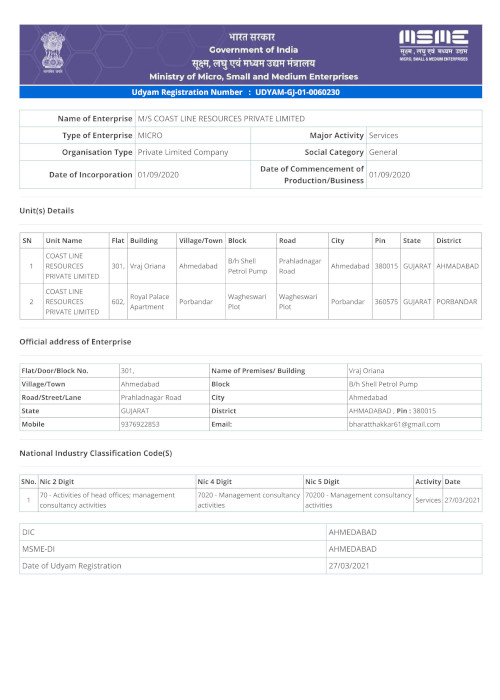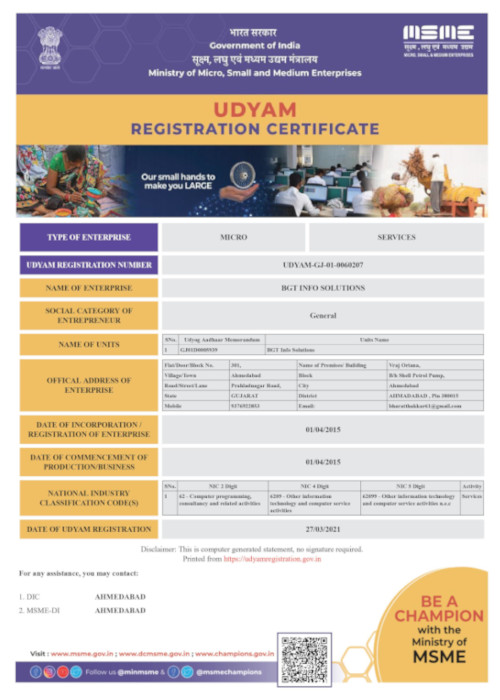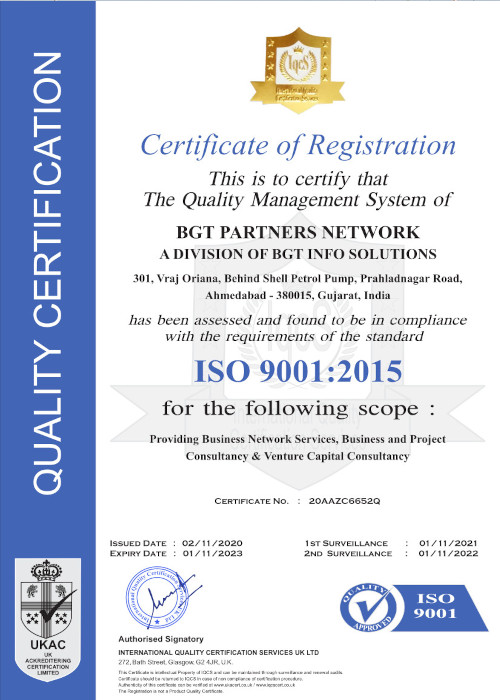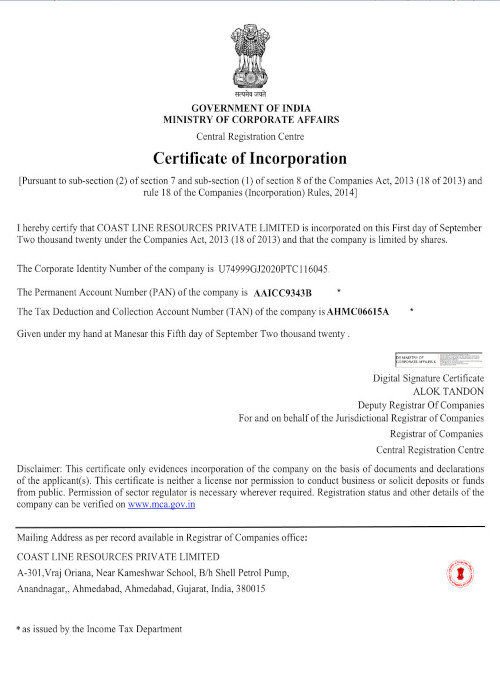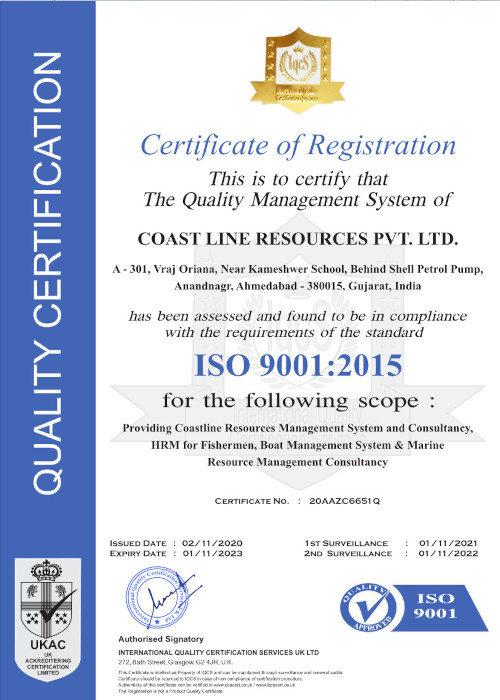
SWOT Analysis
SWOT analysis is popular and very intuitive method of evaluation a business or an individual or any project. It is used in many situations of strategic analysis especially in first stage of project. This type of analysis can be useful to evaluate your business, product, job or employer.
Main feature of SWOT describes subject in four aspects: Strengths, Weakness, Opportunities and Threats. First two categories are internal features. They are independent from environment. Second two categories are external features. They enrich evaluation of all factors that are independent on you.
To all feature can be assigned weight. Sum of this weight (strengths and opportunities will improve the result, weakness and threats will worsen the result) is result of analysis.
What makes SWOT especially powerful is that, with a little thought, it can help you uncover opportunities that you would not otherwise have spotted. And by understanding your weaknesses, you can manage and eliminate threats that might otherwise hurt your ability to move forward.
If you look at yourself using the SWOT framework, you can start to separate yourself from your peers, and further develop the specialized talents and abilities you need to advance your business or career and help you achieve your personal goals.
Small businesses trying to gain a competitive advantage on industry giants must continually analyze each facet of the company strategy and operations. The SWOT analysis can help develop a plan for the future by reviewing the organization's strengths, weaknesses, opportunities and threats. The SWOT analysis considers internal and external issues individual to each company.
SWOT is only first stage of evaluation of your project but is easy and give complete view from the beginning.
Strengths:
The strengths of an organization consist of the advantages a business may possess compared to its opponents. These may include a healthy financial state, suitable place, reduced and controlled overhead expenditures, or other factors that may be favorable for the organization.
Consider this from your own perspective, and from the point of view of the people around you. And don't be modest or shy – be as objective as you can. Knowing and using your strengths can make you happier and more fulfilled at work.
And if you still have any difficulty identifying your strengths, write down a list of your personal characteristics. Some of these will hopefully be strengths!
Weaknesses:
The weaknesses comprise the areas that are not adequately equipped when compared to other market organizations. These weaknesses may be related to finances, human force, market conditions, technology, or other factors. The following questions will be used to determine the organizational weaknesses.
Again, consider this from a personal/internal perspective and an external perspective. Do other people see weaknesses that you don't see? Do co-workers consistently outperform you in key areas? Be realistic – it's best to face any unpleasant truths as soon as possible.
Opportunities:
These are the indicators that provide guidance for company growth, improvement of financial status, and enhancement of market share. The product customers and market conditions are examined to seize the opportunities being offered. For example, a particular product is required and is not available in the market. There is a huge opportunity that may be availed by the adoption of appropriate strategy.
You might find useful opportunities in the following:
- Networking events, educational classes, or conferences.
- A colleague going on an extended leave. Could you take on some of this person's projects to gain experience?
- A new role or project that forces you to learn new skills, like public speaking or international relations.
- A company expansion or acquisition. Do you have specific skills (like a second language) that could help with the process?
Also, importantly, look at your strengths, and ask yourself whether these open up any opportunities – and look at your weaknesses, and ask yourself whether you could open up opportunities by eliminating those weaknesses.
Threats:
Threats are basically the unfavorable conditions that may critically damage the business, like exceptional rent increase, non-availability of skilled manpower, political unrest, exceptional inflation that may reduce purchasing power, and adverse market conditions. The following SWOT questions will facilitate the evaluation of threats being created for the organization.
Performing this analysis will often provide key information – it can point out what needs to be done and put problems into perspective.



